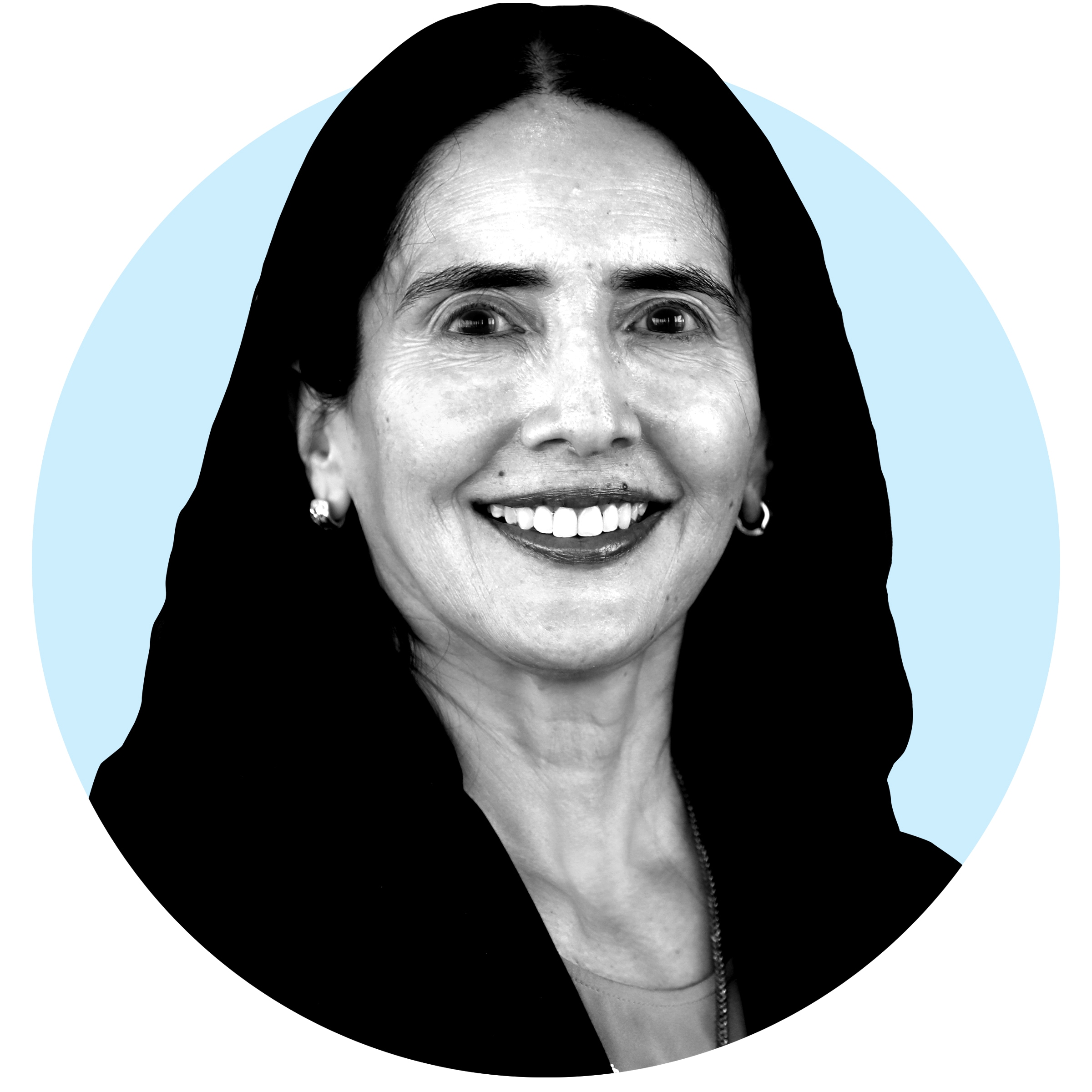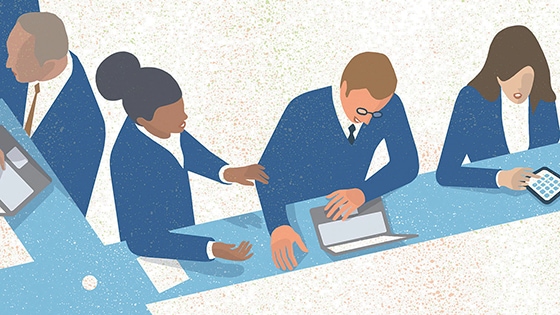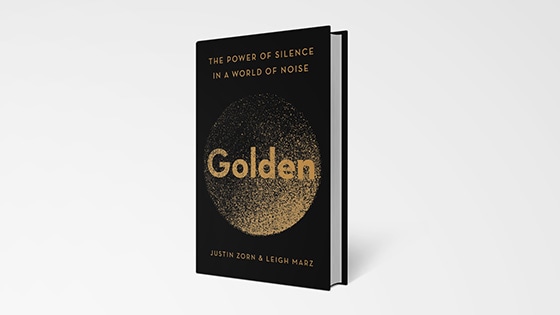| | |
 |
Edited by Rama Ramaswami
Senior Editor, New York |
|
|
|
|
|
| |
Leaders are expected to be productive. And by the yardstick of conventional time management, they are: they attend meetings, check off lists, multitask on projects, and manage deadlines. Why, then, isn’t anything getting done? Pointless interactions, information overload, and distractions leave executives too drained for much else, according to this McKinsey article. “Every minute spent on a low-value interaction eats into time that could be used for important, creative, and powerful activities,” say the article’s authors. The solution may lie in managing your attention, not your time. Here are some ways to do so—and perhaps increase your efficiency and task enjoyment as a result.
|
|
|
| | | | |
That’s the percentage of time lost every year by knowledge workers because of distractions, for an estimated loss of 581 hours per person. Both remote and in-office workers find it hard to focus on any given piece of work for very long—little more than half of respondents to a survey of 600 knowledge workers devote more than an hour to a task in an average day. Email is the top distraction for all workers; interruptions from colleagues and background noise such as ringing phones are the worst offenders in the office, whereas at home, the temptation to relax, finish up household chores, or tend to family obligations top the list. Even a three-second interruption can double the error rate for tasks—primarily because of workers’ shift in attention from task to task.
|
|
|
| | |
| |
| |
|
That’s the wizard Gandalf in J. R. R. Tolkien’s The Fellowship of the Ring advising his hobbit friend Frodo before his epic adventure begins. A quest to manage time in the workplace may not be as arduous, but it can seem that way. In this hypothetical day in the life of a middle manager, the central character spends six hours on email and social media; three hours switching between TV, smartphone, and computer; and, deeply tired, falls asleep after having checked his phone a total of 150 times that day. Learning how to distribute cognitive work across three “gears”—low, medium, and high—could help this manager a great deal. He spends most of his day in medium gear, focusing on quick tasks and switching his attention constantly. If he spent more time in high gear, he could focus on demanding tasks for longer periods, bringing more mental energy to the task at hand.
|
|
|
| | |
| | | |
|
“One thing we often notice these days is people feeling bad about themselves for the inability to focus,” says former policy maker Justin Zorn in this conversation with McKinsey senior partner Kunal Modi. Zorn—coauthor with consultant Leigh Marz of the book Golden: The Power of Silence in a World of Noise—believes that “moments of pristine attention,” when we’re not distracted by the noise of the world, can boost physical health and mental concentration. Silence doesn’t have to be auditory: people can find inner quiet even while dancing to loud music or carving wood with a chainsaw, for example. “We’re looking at silence as a starting place to discern the signal from the noise,” says Marz. “It is a place for us to take stock of what is true and needing our attention—a signal—and what is noise—a distraction—distracting us from what we want to put our attention to.”
|
|
| |
|
| | |
You don’t need to create elaborate systems to stay focused—sometimes, a simple productivity hack or two can energize you for the day ahead. One executive makes a ritual of checking email just twice a day, giving it full attention for 45 minutes at a time. Another dedicates the first hour of every day to the most important challenge of the day. Still not convinced? Consider these tips from celebrities: make your bed neatly, drink room temperature water, make any crucial decisions at the same time each day, and take freezing-cold showers to be “fresh as a daisy, all the time.”
|
|
|
| | | | | |
This email contains information about McKinsey's research, insights, services, or events. By opening our emails or clicking on links, you agree to our use of cookies and web tracking technology. For more information on how we use and protect your information, please review our privacy policy. |
|
You received this email because you subscribed to the Leading Off newsletter. |
|
|
Copyright © 2022 | McKinsey & Company, 3 World Trade Center, 175 Greenwich Street, New York, NY 10007 |
|
|
|
|
|







